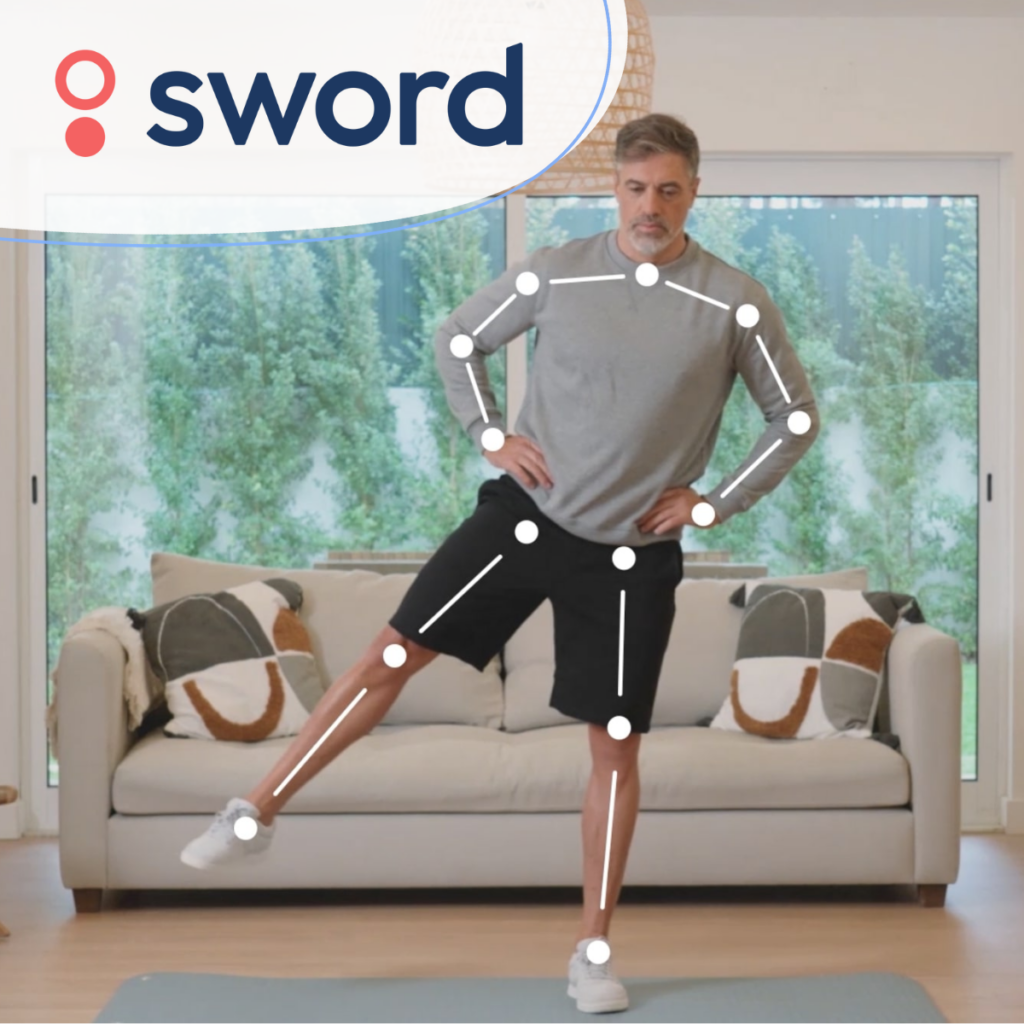Decentralized clinical trials (DCT) are collecting many kinds of data remotely, and this data is only expected to grow in volume. From wireless patches monitoring vitals to an ever-growing list of mobile-connected products, there are new data sources popping up almost everywhere.
This is great news since remote data collection requires less source data verification (SDV) if pushed directly to a database, while also reducing the need for site visits, and calling for fewer disruptions in a participant’s life. While not every data type is ideal or appropriate to collect remotely, here are eight that fit the bill nicely.
Actigraphy
Actigraphy is a non-invasive way to monitor human rest and activity cycles. Often, this is done through a simple bracelet with movement sensors that can be worn 24/7. Actigraphy data may be used in insomnia and sleep apnea clinical trials, as it can reliably identify activity changes over time. Best of all, data can be continuously captured and pushed to a centralized site for data review and monitoring.
Step count and gait analysis
Pedometers—easy-to-use devices that measure step count—were first used in the 1960s in Japan as a method of promoting physical activity. Because they’re inexpensive and simple to use, pedometers had a high adoption rate in the general public. Nowadays, step counters are usually wristwatch-like devices and mobile apps. Many people measure step count whether they are in a clinical trial or not, but step count takes on new meaning as researchers link it to lower risk of heart disease, cancer, and all-cause mortality. Gait analysis allows researchers to take the study of walking to a whole new level, allowing them to explore both the speed and the quality of walking.
Read more on how this Medrhythms trial used gait analysis to measure and improve walking.
Spirometry
Spirometry is the most common lung function test, measuring the amount of air a person can breathe in and out, as well as the time it takes them to exhale completely after taking a deep breath. During the test, patients breathe several times into a mouthpiece for as long as possible. It is often an essential part of respiratory clinical trials for asthma, COPD, pulmonary fibrosis, restrictive lung disease, and other respiratory conditions—and it must be performed correctly. Fortunately, video chat allows patients to be coached while taking the test.
ECG
An electrocardiogram (ECG) is a test that uses electrodes attached to the chest, arms, and legs to measure electrical activity generated by the heart. ECGs are used to detect heart arrhythmias such as atrial fibrillation, ventricular tachycardia, and long QT syndrome. Thanks to advancements in technology, ECGs are now able to use Bluetooth to connect to a computer, tablet, or mobile phone and record data. Patient-friendly designs with simplified electrodes and cables enable patients to take the test from the comfort of their own homes.
Body Temperature
Body temperature is useful in everything from fertility studies to fever algorithm development. Bluetooth-enabled thermometers mean that participants don’t even need to record their temperature, as data is automatically pushed through to the clinical trial system.
Alternatively, new innovations allow for body temperature to be measured through non-invasive wearable sensor systems. Continual monitoring ensures data accuracy and significantly reduces site burden.
Read how the COVID-RED trial measured skin temperature (and more!) through the AVA bracelet as they researched early detection of SARS-CoV-2 infections.
Pulse oximetry
Pulse oximetry, also called oxygen saturation or SpO2, measures the ratio of oxygen-carrying hemoglobin in the blood along with heart rate. A probe is clipped on a finger, toe, or earlobe and uses light to measure oxygen levels in the blood. This vital sign is often used in clinical trials focused on cardiology and pulmonology and is especially important because “silent hypoxia” is a common complication of COVID-19. It can also be used to monitor trial participants with conditions such as heart failure, lung cancer, sleep apnea, COPD, anemia, and pneumonia, and asthma.
Continuous glucose monitoring (CGM)
Continuous glucose monitoring tracks blood sugar levels 24/7 through a tiny sensor inserted under the skin, usually placed on the abdomen or arm. It measures interstitial glucose levels (i.e. the glucose found in the fluid between the cells) every few minutes. It then wirelessly sends the information to a monitor—typically an insulin pump or a separate device, such as a smartphone. CGM can be incredibly useful in researching the effects of food, physical activity, sleep, insulin, and other therapeutics on blood glucose levels.
Read how RSP systems conducted a clinical trial of their needle-free, non-invasive CGM device here.
Photos
Who knew selfies could be so helpful? From rashes to swelling to weight loss, researchers can track all kinds of results and reactions through submitted photos. Dermatology alone has a lot to gain from collecting photos remotely from participants, whether they’re tracking the progress of psoriasis, the treatment of acne, or the effects of a new moisturizer.
Remote technology is eliminating the need for many site visits as some data can now be collected easily and comfortably from patients at home. Devices can be shipped to patients, and can then automatically collect data and transmit it to study sites or, ideally, push it directly to the trial database.
While the data types outlined above are some of the low-hanging fruit, there will be countless other possibilities for remote data collection as DCT becomes more mature.
Click here to learn more about Castor DCT solutions and how you can benefit from incorporating them into your next clinical trial.


